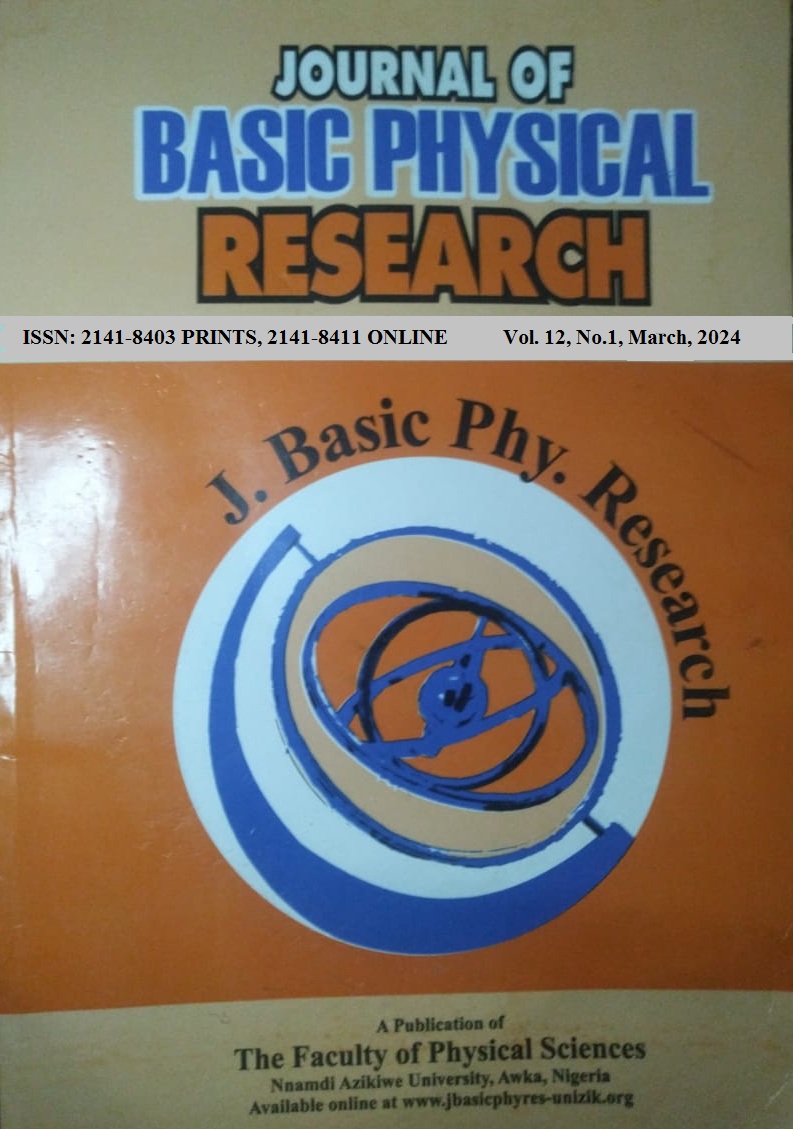Characterization of Groundwater Potential in Parts of Asaba, Delta State, Nigeria Using Vertical Electrical Sounding Technique
Keywords:
Asaba, Aquifer, VES Curve Type, Hydraulic Conductivity and Transmissivity.Abstract
The characterization of groundwater potential in parts of Asaba, Delta State, Nigeria, was carried out using the vertical electrical sounding technique. During the geophysical survey, twelve vertical electrical soundings (VES) were conducted using the Schlumberger Array. The processed resistivity data were interpreted using conventional curve matching and computer iteration methods with the aid of a resistivity software named Interpex-1-dimensional (IX1D) software. The VES results depict four different curve types, namely, HK, K, KHK, and HA-curve types. The result also reveals that 58% of all the sounding curves belong to K-types, whereas the remaining 42% belong to the other three curve types within the study area. Four to five geo-electric layers comprising the top soil, clayey sandstone, dry sandstone, saturated sandstone, and shale were delineated, with the latter usually occurring as the last layer. The third and fourth layers underlying dry sandstone formed the aquiferous unit. This unit was found to have an average resistivity value range of 1258.39 Ωm and an average aquifer thickness of 137.52 m. The water-saturated unit is deeply seated in some areas, with an average depth of 53.69 m. The watertable map shows a southeast groundwater flow pattern in the area. The result also shows that the hydraulic conductivity obtained ranges from 0.1427 to 0.9918 m/day with an average of 0.3917 m/day, while the transmissivity range is from 27.3327 m2/day to 79.1576 m2/day with an average of 41.0090 m2/day within the study area. The study concludes that there is huge groundwater potential within the study area, which can yield sufficient water to serve the immediate environs.


